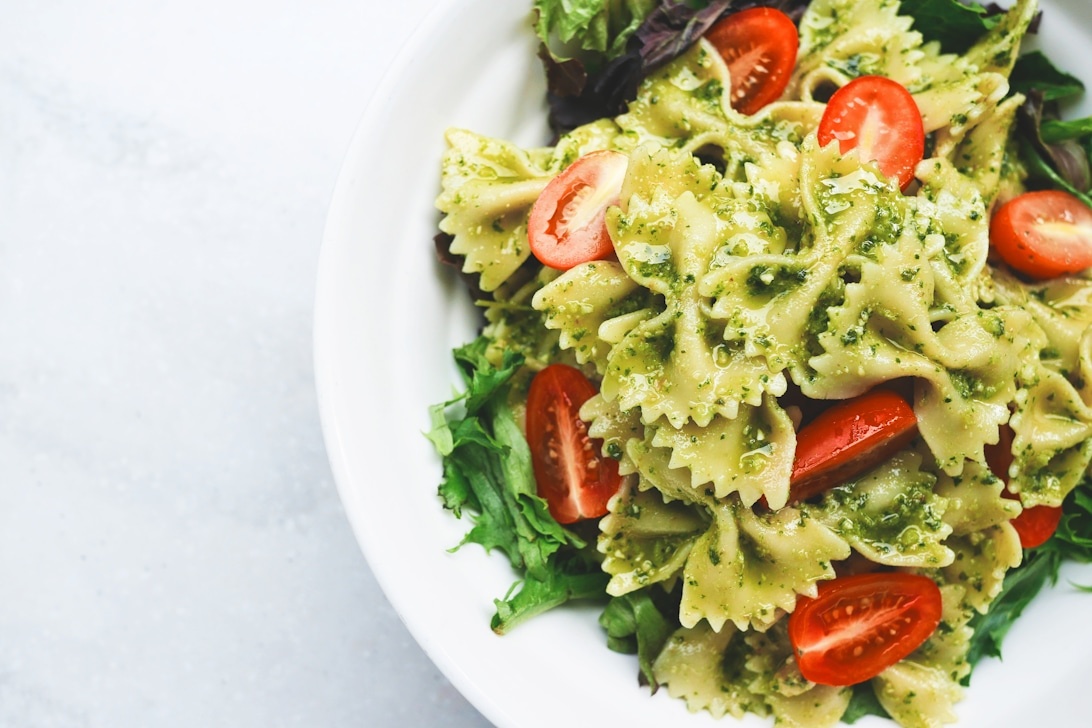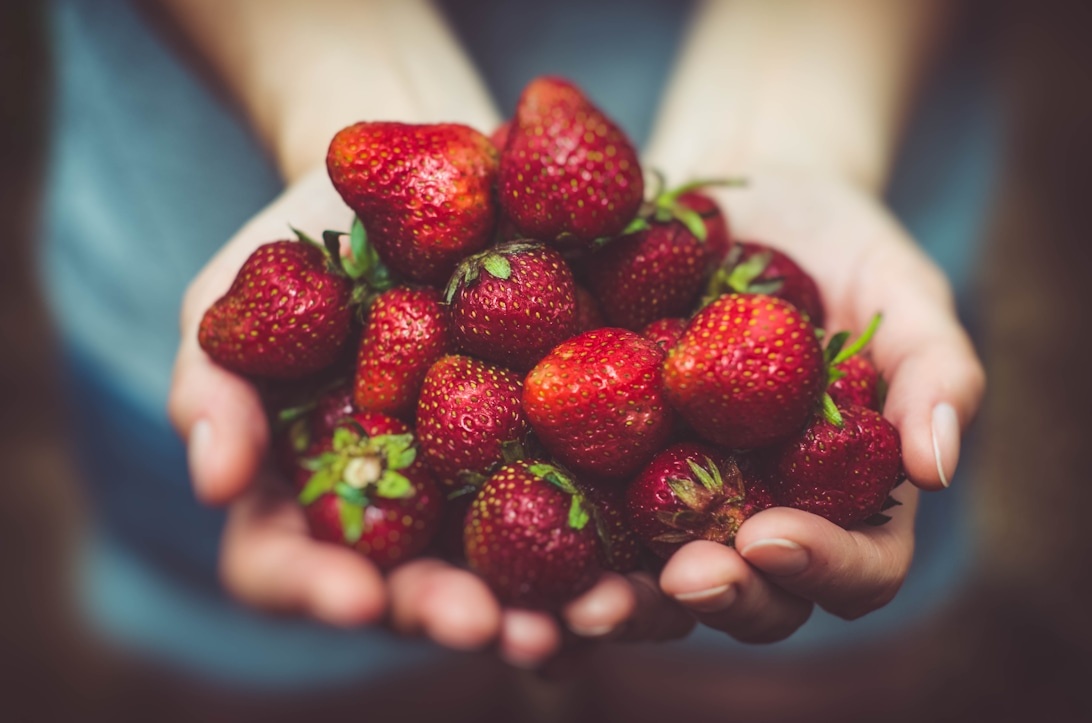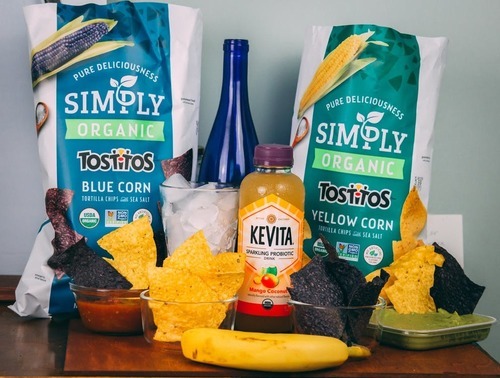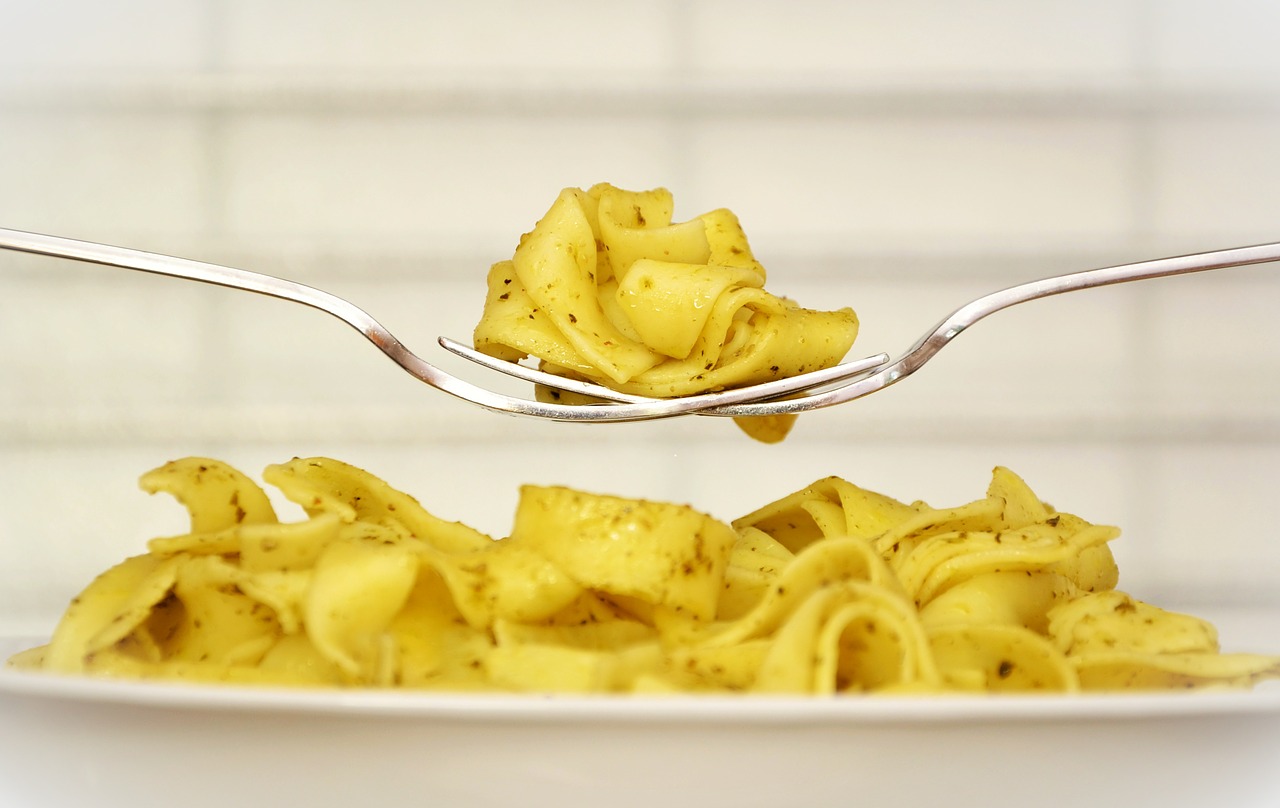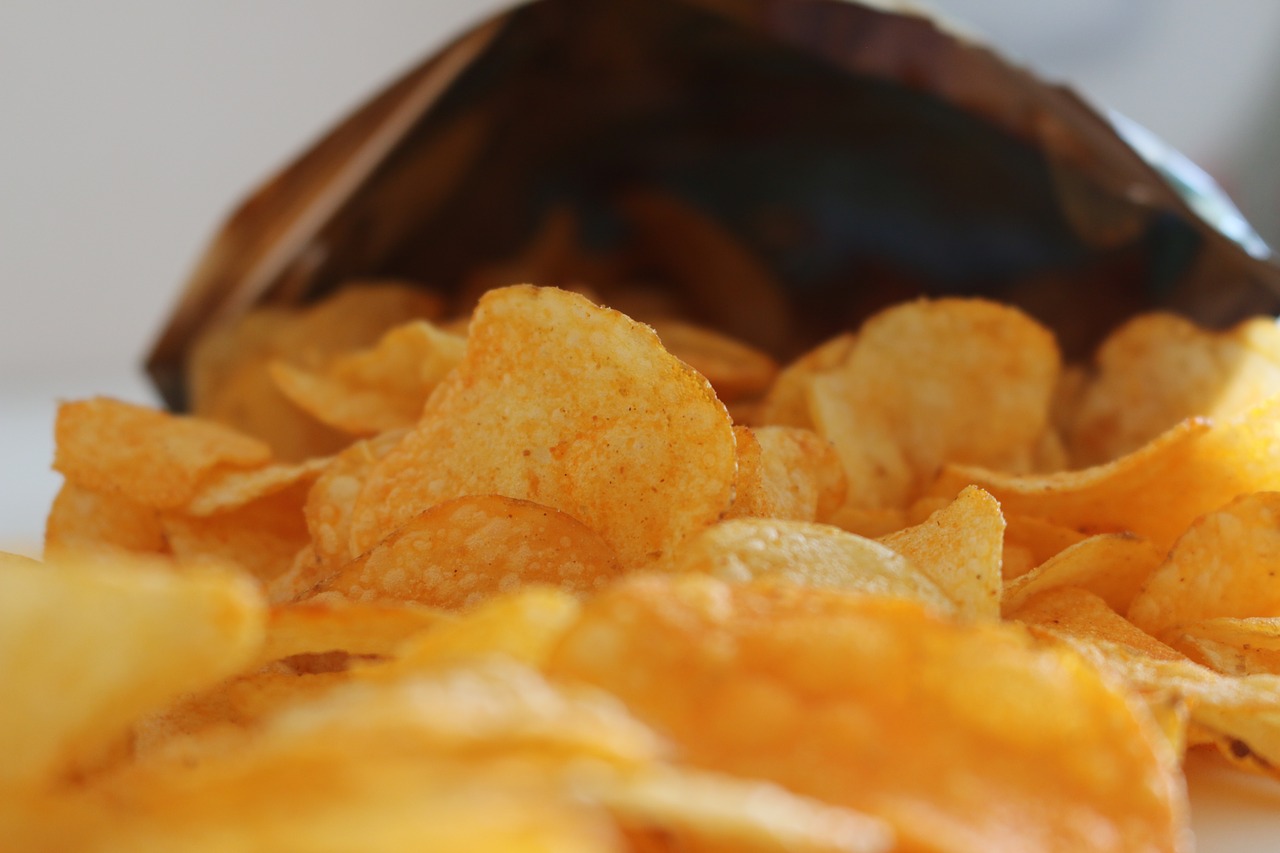
Crisps
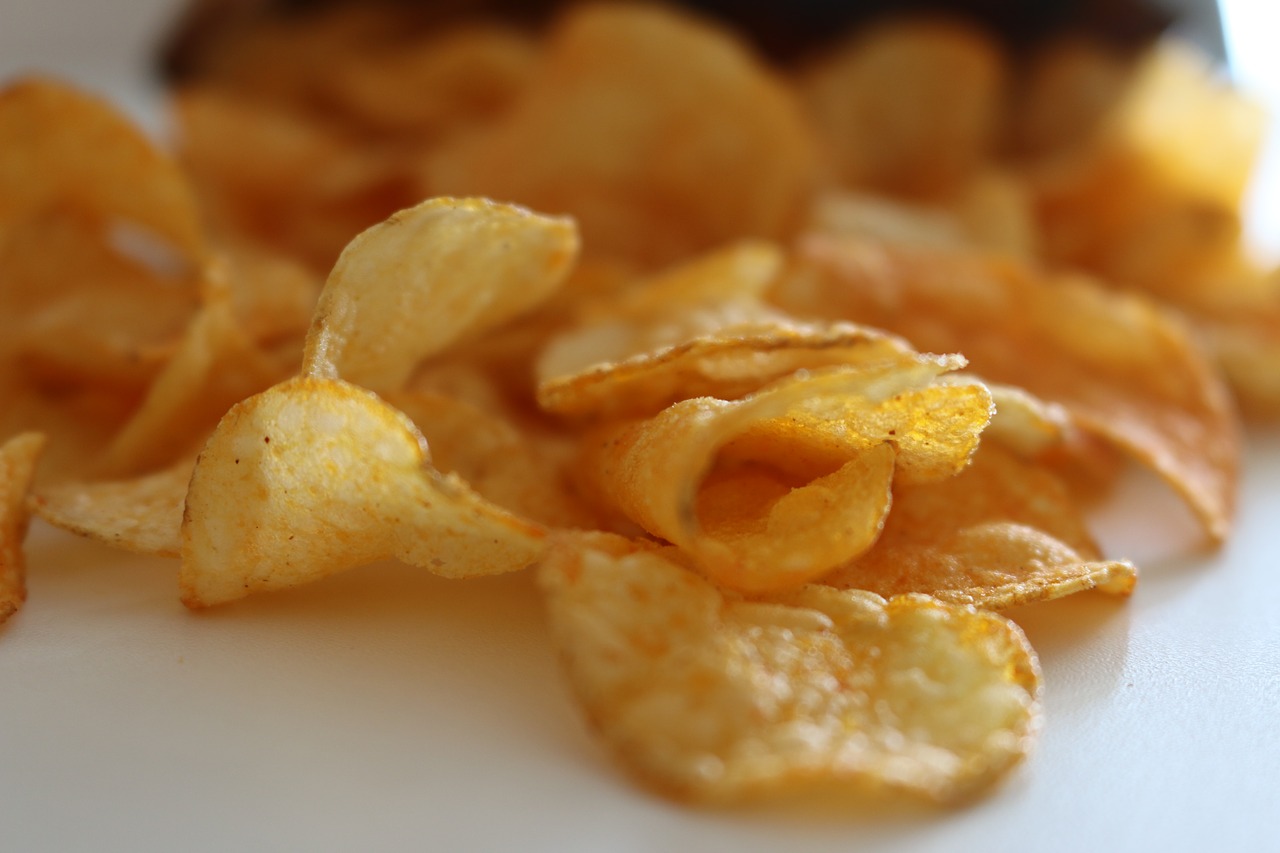
Of all the savoury snacks on the market few have had as big an impact as crisps. In the United States they are known as potato chips. They are thin slices of potato that are deep fried or baked so that they have a crunchy texture. Flavourings are then added to them. Globally the crisp market has managed to generate billions of pounds in revenue. In 2005 they made up over 35% of the entire savoury snack market. The immense popularity of crisps is due to their flavours, texture and convenience.
Concerns
Eating too many crisps can have a serious health impact and therefore people should only consume them as part of a balanced diet. These snacks tend to be high in sodium which can increase the long-term risk of heart disease. There is also some concern over the levels of Acrylamide in crisps that have been exposed to high temperatures. Acrylamide is a known carcinogen. As a consequence a number of manufacturers remove burnt crisps before they can be packaged.
Origins
Despite being a popular part of modern British culture crisps have only been around since the 1800s. Early examples can be traced back 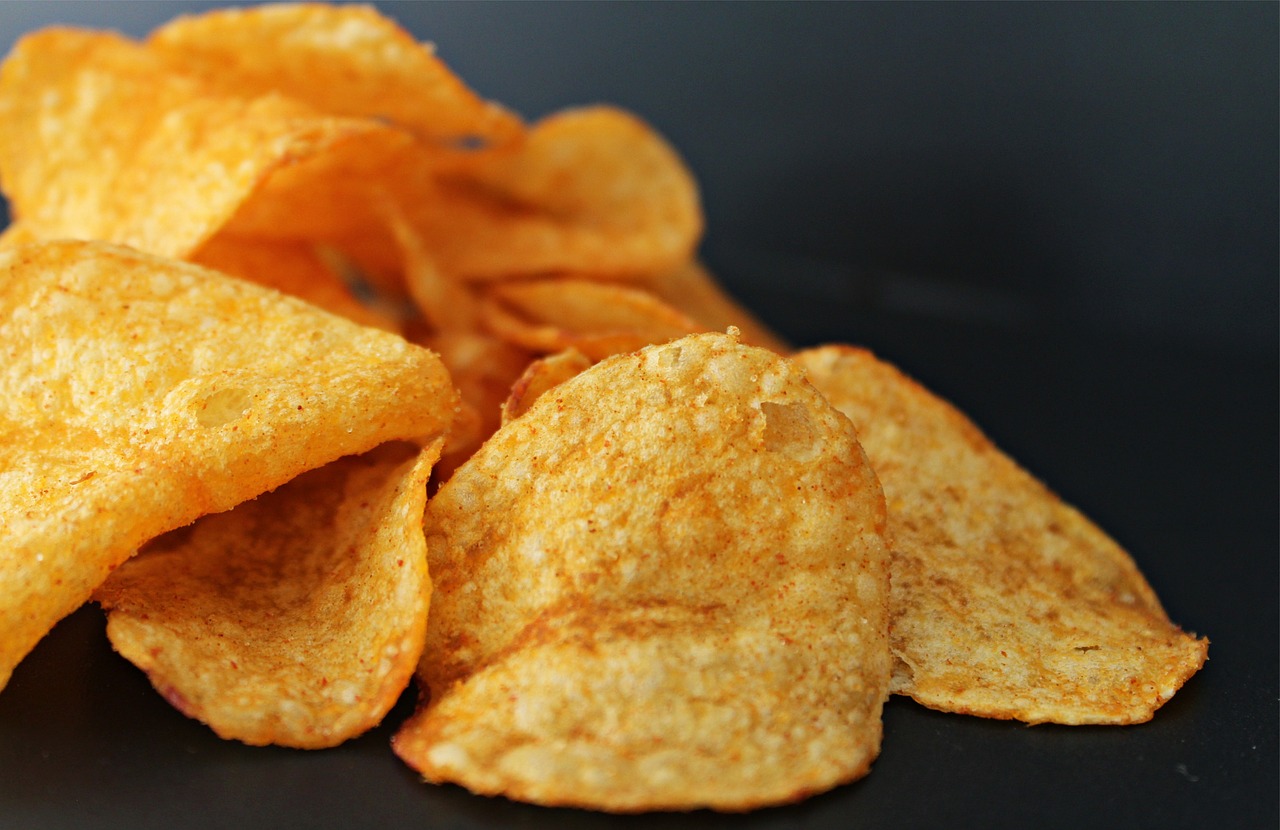 to French cookbooks. They were typically fried in goose fat and seasoned with salt. There is a legend that they were invented in New York by an unhappy customer who wanted to modify their French fries to make them less soggy. Whilst the precise origins of these snacks are unknown their impact on diets today is very significant.
to French cookbooks. They were typically fried in goose fat and seasoned with salt. There is a legend that they were invented in New York by an unhappy customer who wanted to modify their French fries to make them less soggy. Whilst the precise origins of these snacks are unknown their impact on diets today is very significant.
Popular Flavours
Until the 1950s crisps tended to be unseasoned apart from the occasional pinch of salt. However, this all changed with the development of gas chromatography. It allowed crisps to be seasoned in a wide variety of flavours. Some of the most popular modern ones include salt and vinegar, cheese and onion, ready salted, smoky bacon, prawn cocktail and beef.
Packaging
Crisp fans of today may assume that their favourite snack has always come in the standard plastic packet. However, this was not always the case. In the past they were instead scooped from large tubs and sold in tins. Early bags were made of wax paper and the ends had to be stapled together. Barrels were sometimes used for storage but this would lead to them becoming stale. Luckily the invention of cellophane allowed crisps to have a longer shelf life.
